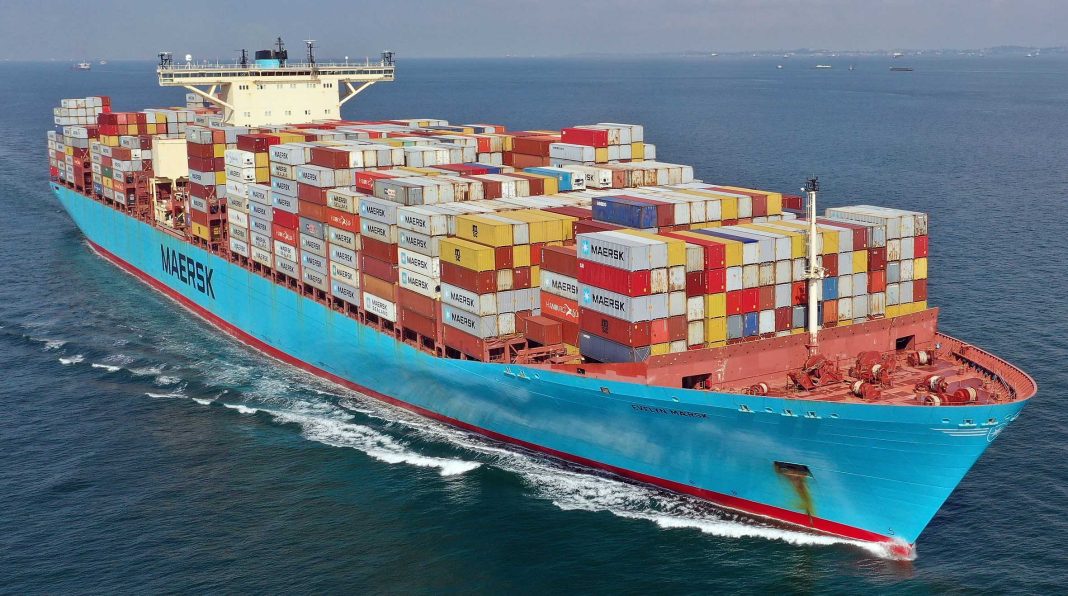Ocean carriers are offering a wide range of new, flexible, long-term contract options this year, after shippers complained of being “burned” by committing to rigid, highly elevated contracts a year ago.
Last year, shippers were presented with ‘take it or leave it’ fixed-rate long-term contract options by carriers against a backdrop of very strong demand and an acute shortage of equipment and vessel capacity.
But as consumer demand slumped in Europe and the US, and supply chain congestion eased around the world, the second half of 2022 saw container spot rates collapse to levels well below contract rates, leaving signed-up shippers at a significant disadvantage to competitors using the spot market.
Commenting in the MDS Transmodal Container Shipping Market Review in December 2022, James Hookham, director of the Global Shippers Forum, said: “the widening gap between spot rates and contract prices” demanded a “flexible and immediate response by carriers”.
It is known that lines adopted a case-by-case attitude to shipper requests to renegotiate contracts, in most cases agreeing reduced rates and waiving some terms and conditions, but they have made very slow progress in getting customers to the table to talk new deals.
Traditionally, by now a high percentage of annual contracts for the Asia-Europe tradelane would have been concluded and, on transpacific agreements, effective from 1 May, would be in the pipeline. However, carriers have largely stalled negotiations.
While there is plenty of space and spot rates keep falling, few shippers would want to commit volumes to a single carrier at a set rate for even three months, let alone a year.
Even Maersk, one of the architects of the inflexible multi-year contracts rolled out to selected blue-chip shippers a year ago, has recognised the need for more adaptability in long-term contract terms and conditions.
In Maersk’s Asia-Pacific market update for December, the transport and logistic group’s regional head of ocean management for the sector, Morten Juul, said 2022 had been “a year of learning” and it was responding to customers’ needs “for flexible and reliable ocean transport”.
No doubt many of Maersk’s competitors will adopt a similar approach to the 2023 contract season, as they will not want to be over-exposed to the spot market if demand declines further.
PHOTO – The Odense, Denmark built E-Class container ship Evelyn Maersk westbound transiting the Singapore Strait. Evelyn Maersk is powered by a Wärtsilä-Sulzer 14RTFLEX96-C engine, with an output of 81MW (109,000hp) when burning 14,000litres of heavy fuel oil per hour. At her economical speed, she consumes 1,660 gal/hour of fuel. She has features to lower environmental damage, including exhaust heat recovery and cogeneration. Five diesel generators together produce 20.8 MW, giving a total electric output of 29 MW. Two 9 MW electric motors augment the power on the 150m main propeller shaft, the longest in the world. Photo : Piet Sinke www.maasmondmaritime.com (c)


